The ceramic utensils of the Lapid, Beit Hayotzer or Harsa factories, the folding deck chairs with the striped fabric of the Eng company, the Formica-coated dining areas of Prima furniture and the wooden chests with the Scandinavian chic of Kibbutz Hazorea - This eclectic collection, or part of it, was present in every home in the first decades of the state.
But over the years, globalization, material fatigue and market forces, these industries have been almost completely wiped out.
Some of the factories went bankrupt, others were acquired by large corporations or merged with other companies.
Israelis happily gave up the "Israeli taste" that was perceived as archaic, and increasingly bought "foreign products" that were perceived as "prestigious."
But in recent years, vintage furniture and accessories have been experiencing a resurgence, and not just among avid collectors.
Many Israelis, including young people, who from time to time are attacked by bursts of nostalgia, look for items "from time to time", with "story" and "character".
The longing for grandparents' house, the desire for uniqueness, the green direction the world is going and the possibility to buy everything - both vintage and antiques - online, make them compromise on used items, as long as their house does not look like the neighbor's house.
"There are those for whom vintage is exclusively design items by well-known designers and international companies from the middle of the last century," explains Gil Pento, a collector and owner of a museum of Israeli nostalgia in Jaffa.
"These are mainly Danish design companies, and Belgian and Dutch designers, and if the item is not signed - they will not bring it home.
"But there are those for whom the longing for vintage, and especially Israeli vintage, comes from a longing for childhood, for a period that was more innocent, and they furnish the house with items made in Israel. Since these items are disappearing, simply because the relevant generation is disappearing, Awareness of preserving the items, this is often a ONE PIECE, something no one else has.
Gil Pento.
"Another quality", Photo: Liron Almog
"The quality of furniture and accessories made in the past is also different, many times better, because the thought back then was not business. Then they would produce items that would last for many years.
"Another area that is flourishing is the industrial furniture that was produced in the 1950s and 1970s and was popular in factories, pharmacies, hairdressers. Sometimes a combination of an old industrial item in home design makes all the difference."
How is this reflected in prices?
"The prices of well-known designers and firms always maintain a high level, and trends sometimes jump the prices of a particular field, such as Israeli ceramics.
"Items of 'Pottery' or 'Torch', which until about two years ago did not have a particularly lively market, have recently raised their prices greatly. Some series of 'Torch', 'Pottery' or 'The Creator's House' can reach thousands of shekels per item."
What further helps the resurgence of vintage is of course social media.
"Like any other commercial field in the world, the fields of collectibles and vintage are moving to digital," explains Dmitry Sharaf, founder of the collector's site and director of 24 Facebook collectibles groups, which together number about 80,000 members.
"The physical aspect of the collectibles field is becoming extinct," he adds sadly.
"Once upon a time, for example, there were clubs and exhibitions here, and today it is slowly disappearing, especially among the younger generation. The young people are only interested in selling the inheritance of parents or grandparents, and getting rid of objects. But the ability to buy collectibles online, and find experts And their value without leaving the house, gave a push to the whole issue.
"What has helped it in the last two years is of course the corona. People have been sitting at home, looking for areas of interest - and the revival is well seen in the website traffic and in demand in groups."
Dmitry Resin.
"Everything is digital",
"With the pursuit of vintage, came a lot of knowledge about production techniques, design styles and cultural influences."
"Curious about history."
Moore Pepo, Photo: Efrat Eshel
Moore Pepo (37) lives in Jaffa with her partner Moran and the dog Egozi. Engaged in organizational consulting and learning development, and studies interior design.
Why vintage?
"It's hard for me to put my finger on when my love for vintage began," Moore says.
"Already as a girl I loved things 'from time immemorial'. The aesthetics of things created before me fascinated me.
"In my mid-20s, I moved to Tel Aviv, where I discovered second-hand clothing stores.
I'm a serious fashionista, and I almost stopped buying new clothes.
From a love of fashion it went on to a love of items at home, and when I moved to Jaffa, four years ago, this occupation took on the whole stage.
With the preoccupation also came a lot of knowledge about production techniques, design styles typical of different decades, and cultural influences.
It has really become a historical pursuit that I am intrigued by.
In recent years, this has been joined by the value component of protecting the environment and reducing consumption. "
What's in the house?
"Today, except for electrical appliances and a mattress, everything I have in the house is vintage. The living room is owned by Shimrat Hazorea and belonged to my parents; the dining area is from Denmark, from the middle of the last century, and the nightstands are 'Danish'; the most prominent item in the house is a sideboard. "With a drinks bar from the early 1960s designed by the architect who built the apartment; my desk is an Israeli vintage with purchase tax stamps, as well as all of Naaman, Lapid, Arkopel and others' utensils."
"Kibbutz Galuyot" of table clocks, Photo: Efrat Eshel
What does the spouse say?
"He does not interfere with my design, and the truth is that he is also color-blind," she laughs.
"While he does not share my enthusiasm, he is happy to see the sparkle in my eyes when I am happy."
What is your most special item?
"Probably these are items I made an effort to bring from abroad.
I have a 1940s radio I brought from Paris, for which I bought a separate suitcase.
And from Berlin I brought a large mirror, even a third of which did not fit in the suitcase, and in the end I attached it to my body and she got on the plane with me. "
What is the most expensive item?
"The Danish dining area, which cost several thousand shekels."
What do you think is most Israeli at home?
"Kibbutz HaGluyot is the most Israeli thing in my eyes, and it lies in our roots. Hence the eclecticism of the items, the combination of old and new and styles and decades."
A telephone dresser has become a flowerpot stand, Photo: Efrat Eshel
"As a child I dreamed of having a four-poster bed and a desk"
"A kind of hoarding."
Adar Ashkenazi, Photo: Efrat Eshel
Adar Ashkenazi (42) from Ness Ziona, married and mother of two sons. A teacher by training, she is currently engaged in home styling.
Why vintage?
"Ever since I can remember, I have loved things of the past," says Adar.
"As a child, for example, I dreamed of having a canopy bed and a desk. I always had vintage items at home, but after I got married I gave it a go, and since then it's getting worse. '
"Over the years I've collected a lot of things. Every item like this I'm sure I will have a hard time releasing, and I'm very excited to find items I've not seen anywhere else.
What's in the house?
"Our furniture is mostly vintage, including the children's beds and desks. The armchairs in the living room are Israeli vintage, the sideboard is Russian vintage, a dining area that is Scandinavian vintage, and I have a folding rocking chair that is Japanese vintage, by designer Takashi, from the 1950s. - 60.
"I also have a collection of Rosenfeld jewelry and pedicure boxes with a piece of embroidery. The tableware we use every day is also vintage, and I even have a 'Mitzomatic' orange juice squeezer from Amcor, from the 60s, that we use. It is the best. There is an Israeli, but I found it in a flea market in Austria. "
"The kids send me pictures of realities they encounter on the street."
An old Bezeq dial telephone, Photo: Efrat Eshel
What does the family say?
"At first they did not flow with me, because it is actually a kind of hoarding. But slowly they understand. My husband recently surprised me with a rainbow lamp he knew I wanted, and the kids even come with me to flea markets and choose for themselves 'treasure'. They even send me pictures of. A reality they encounter on the street. "
What is your most special item?
"No doubt Takashi's rocking chair. I saw one of these in a flea market in the country, the seller himself sat on it, and I immediately wanted it but it sold. Since then I have turned worlds to find one, and it took me several years. I found it by chance on Facebook's Marketplace. The seller was "In isolation and I had to wait for him and promise him to me. In vintage, when you miss an item, it's hard to recreate the opportunity."
What do you think is most Israeli at home?
"Almost everything, because even what is not Israeli came, in the end, with the people who immigrated to Israel from all over the world, and received a kind of Israeli 'seal'.
"But to refer to a specific item, these are probably the atlases - a collection of maps of all the countries of the world published many years ago in one of the newspapers, and women used to collect them and bind them. I sit with them with the children, and that's how we learn both geography and history. To trace the source of the items I collect, I study and research a lot. "
"A statue of 'Srulik', which cost me 13 shekels, is worth 3,000 shekels today"
"My husband is totally concerned, the kids accept it with understanding."
Chaya Goldman, Photo: Efrat Eshel
Chaya Goldman (53) from Modi'in, remarried and mother of four. She grew up in Belgium, and immigrated to Israel at the age of 21. She was a medical secretary in the past, and now owns a vintage and second-hand business.
Why vintage?
"Collecting, in my eyes, is the desire to preserve. I respect objects, do not think anything old should be thrown away. My parents are collectors too, and my grandfather used to sell Alte Zachen in Paris before the war, so maybe it's something hereditary at all," she smiles.
What's in the house?
"Our living room is a French vintage leather living room, the dining table of Shomrat Hazorea, the dining utensils of Lapid, ceramic lampshades of the artist's house, and our favorite collection is of Israeli ceramic utensils found around the walls.
"We do not buy new, we get objects and renovate them, it excites us more. For example, we have a hair dryer for hairdressers, which we converted into a lamp."
What does the family say?
"My husband is completely interested. We love flea markets in Israel and around the world, love the historical and nostalgic objects that evoke memories. The children accept it with understanding. Not sure they connect to the matter, but they respect and understand that there are pieces of history in the house."
What is your special item?
"This is the item that started the whole collection, a ceramic urn by the artist's house. I found it at the flea market in Jaffa, even before I got into all things. "Investigate, and I discovered that the same deer was probably a real son's deer, one of the main designers of the creator's house - and that's where the whole affair began."
Dosh '"Srulik", Photo: Efrat Eshel
What is the most expensive item?
"A ceramic sculpture by 'Srulik' designed by Dosh and made at the Lapid factory. I went into the store and he just sat there. The seller did not know what it was, and it cost me 13 shekels. At home I did a little research on it, and today it is worth about 3,000 shekels."
What do you think is most Israeli at home?
"I have a collection of Israeli dolls, which present scenes from everyday life - a Yemeni couple dancing, a rabbi praying, each of them is a story, and together they are literally a group of postcards."
"My wife does not agree that I should bring anything home"
"Fills me with joy."
Neta Spiegler, Photo: Ancho Gush-Ginny
Neta Spiegler (53) from Kibbutz Shamir, married with two children. Responsible for the real estate and infrastructure in the kibbutz.
Why vintage?
"I have always loved the old items and their aesthetics. Something in the design, lines, colors and composition of the old tools catches my eye and is my favorite. It just fills me with joy.
"I would say that I have been a serious vintage collector for 15 years. As part of my job at the kibbutz, I get to visit many homes of older people, and there I find some things. In addition, I also find items in markets in Israel, Haifa, Tel Aviv. My collection is relatively small. "But special. I do not buy anything, and my wife does not agree that I should bring anything home."
What's in the house?
"Utensils, furniture, ceramics. We have bookcases, shelves, chairs and a sower's dining table. We upholstered and renovated everything, and we live with them in the house. We have fabric curtains from the 70s, with a colorful pattern of cubes, which I think were sewn in the kibbutz sewing shop. .
"All the utensils and ceramics - I love ceramics - are from the Israeli companies from the 50s, 60s and 70s, companies like Harsa, Kedar, Lapid, Naaman, the artist's house, the best names. We use all these tools. They Do not stand as a stone that has no opposite.
"I also have a unique niche of plates with symbols, for example from kibbutzim. In many kibbutzim it was customary to buy white Naaman plates decorated with the kibbutz symbol. I have quite a few, from Kibbutz Dan, Kibbutz Neot Mordechai, and of course Kibbutz Shamir. I also have "Tableware from the Broadcasting Authority in Romema, which I obtained when the building was dismantled there, and tableware from some embassy, are decorated with the emblem of the State of Israel."
Photo: Ancho Gush-Gini, "Uses everything."
Naaman's jar and cup
What is your most special item?
"We have a very special and beautiful set of Kedar coffee cups, which we use a lot and really like. There is also an interesting vase from the creator's house, and very recently I discovered that I have a special and rare plate of torch that I did not even know was."
What is the most expensive item?
"Hard question," he muses.
"I never priced these items, but I do not think I have anything worth thousands of shekels. There is one item close to my heart, which I brought from New York, where I lived for a while when I was young. It is a cash register, which also rings and everything, from the 50s. It was used in the grocery store of an Italian guy in Brooklyn I used to live above, and when he closed the grocery store I told him, 'Tony, I want it.'
"There is another item that is very dear to me, and it is a slightly battered cup, from the 60s, that was used by my mother who passed away when I was very young. It is a red and shaped cup that has a place of honor in my heart - and on the shelves."
What do you think is most Israeli at home?
"The ceramics from the early years of the country, with their special designs, are the most Israeli there is."
"The whole antiques and vintage thing is getting too much of a business"
"With this fork I helped my mom bake."
Sandra Glazer, Photo: Efrat Eshel
Sandra Glazer (63) from Kibbutz Givat Oz. A mother of five and grandmother of seven ("the eighth on the way") grandchildren, works in the kibbutz's education system.
Why vintage?
"Since I was a child I collect collectibles, I still have cloth napkins from the days I was a child. I was born in Argentina and immigrated to Israel with my family at the age of 5 and a half. As a child I collected small things, but only when I grew up did I start collecting more seriously.
"I find a lot of things in garbage cans and renovate them. People throw away real treasures. Sometimes I also buy, but not much. I once went to Afula to buy my white watch that enlisted in the IDF, and I saw an antique watch at the watchmaker's.
I sat with him for two hours until he sold it to me.
Half a year later I came to him again, he remembered me and said he was renovating the store and gave me lots of items as a gift.
I asked him why he did not give to his children, and he replied that they would not appreciate it like me.
And all thanks to my tenacity about that ancient clock. "
What's in the house?
"All my furniture is antique. I have old closets that I took from the kibbutz secretariat, a chair from the nature room of the 'Shomria' educational institution, from the mythological schools of Hashomer Hatzair. It is from 70 years ago and it still reads 'Nature room Shomria'. And a table of the sower I bought from a family that left the kibbutz. Today he is already 60 years old and has an excellent hold. I barely touched him, I just painted.
"I also have a lot of kitchen utensils that I still use. I live with my items and furniture. It's not a collection that just stands."
What is your most special item?
"Probably my antique clocks. One of them is a cuckoo clock from 1850 that I received as a gift from the same watchmaker in Afula. I also have a large and antique radio that I once received from the kibbutz, and I also have a special fondness for lamps. On the floor or on the table. "
"The most special."
Antique watches,
What is the most expensive item?
"I have never checked the value of my items, even though I believe I have expensive things. I am not in favor of the bestseller trade we will have with all the antiques and vintage items. It will be too much business. I am in favor of someone who loves to collect and renovate for himself."
What do you think is most Israeli at home?
"I also have an egg whisk, one with the spring, although I do not know if it is made in the country. It just connects with me to something very Israeli, because when we came from Argentina we had one in the first hut we lived in, in 1963, and I remember helping my mother whip With her eggs for the cake. "

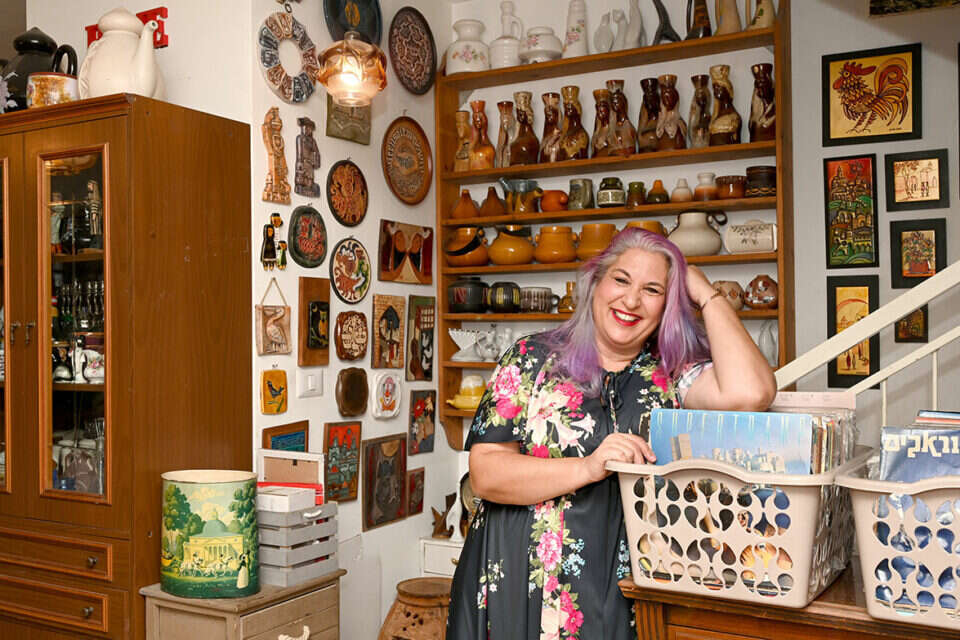
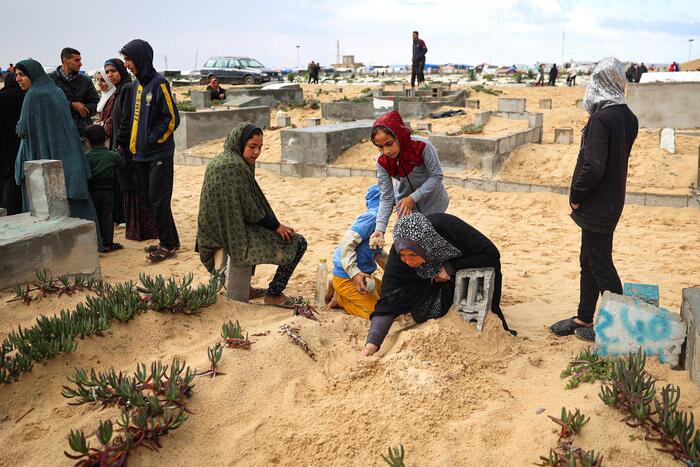
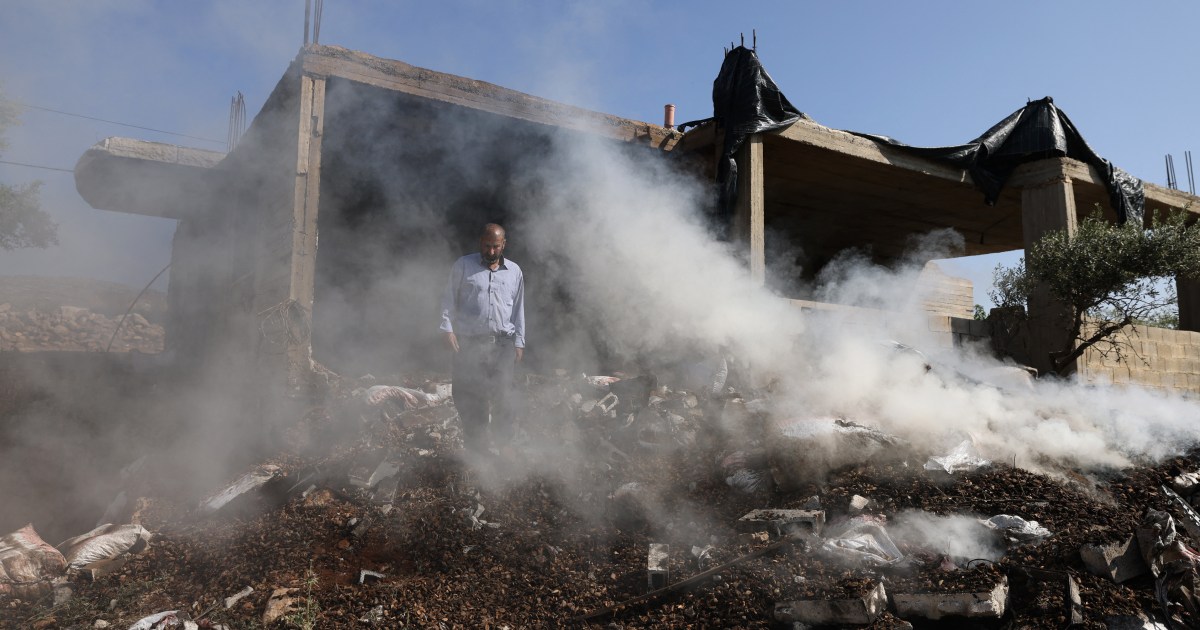

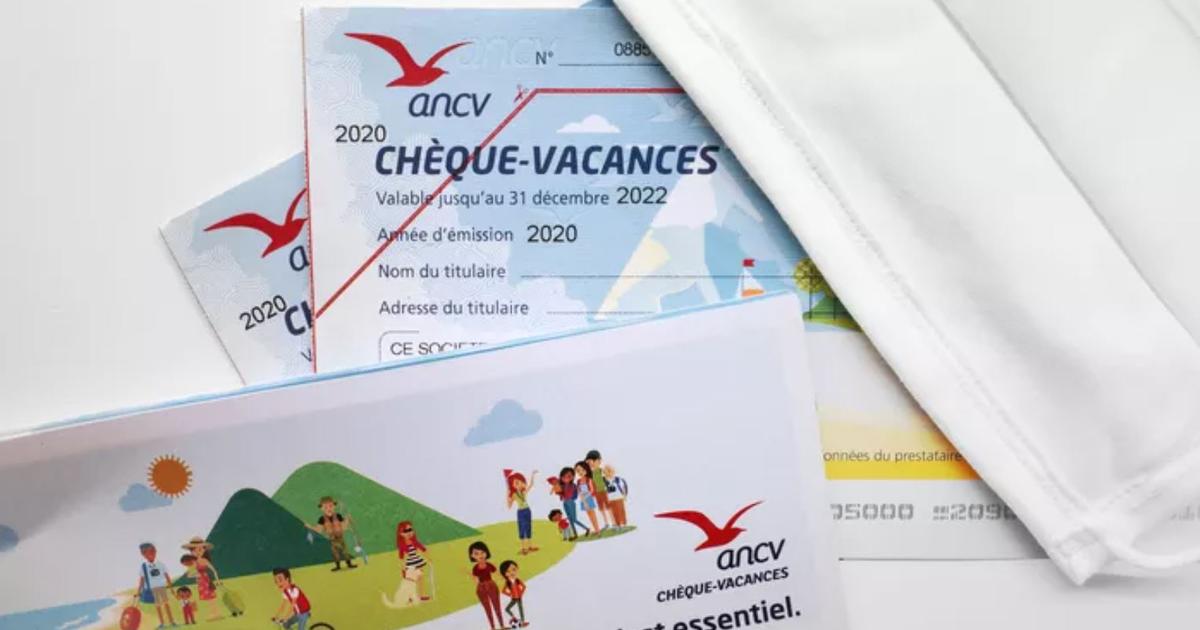
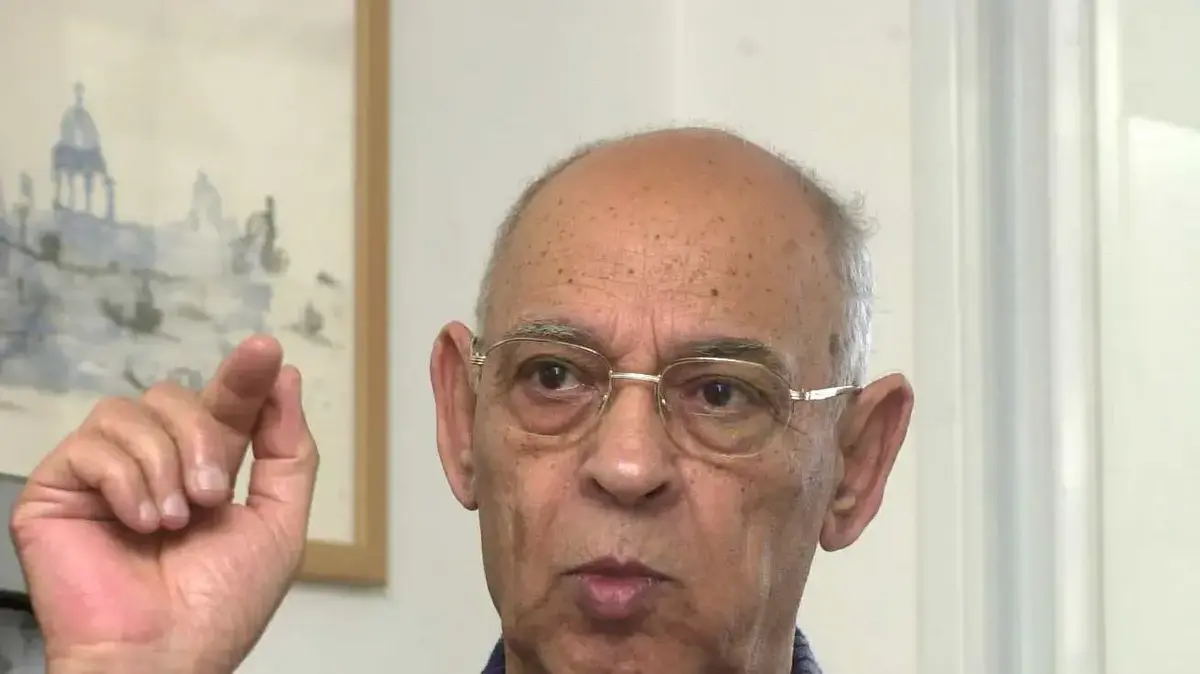





/cloudfront-eu-central-1.images.arcpublishing.com/prisa/KMEYMJKESBAZBE4MRBAM4TGHIQ.jpg)


